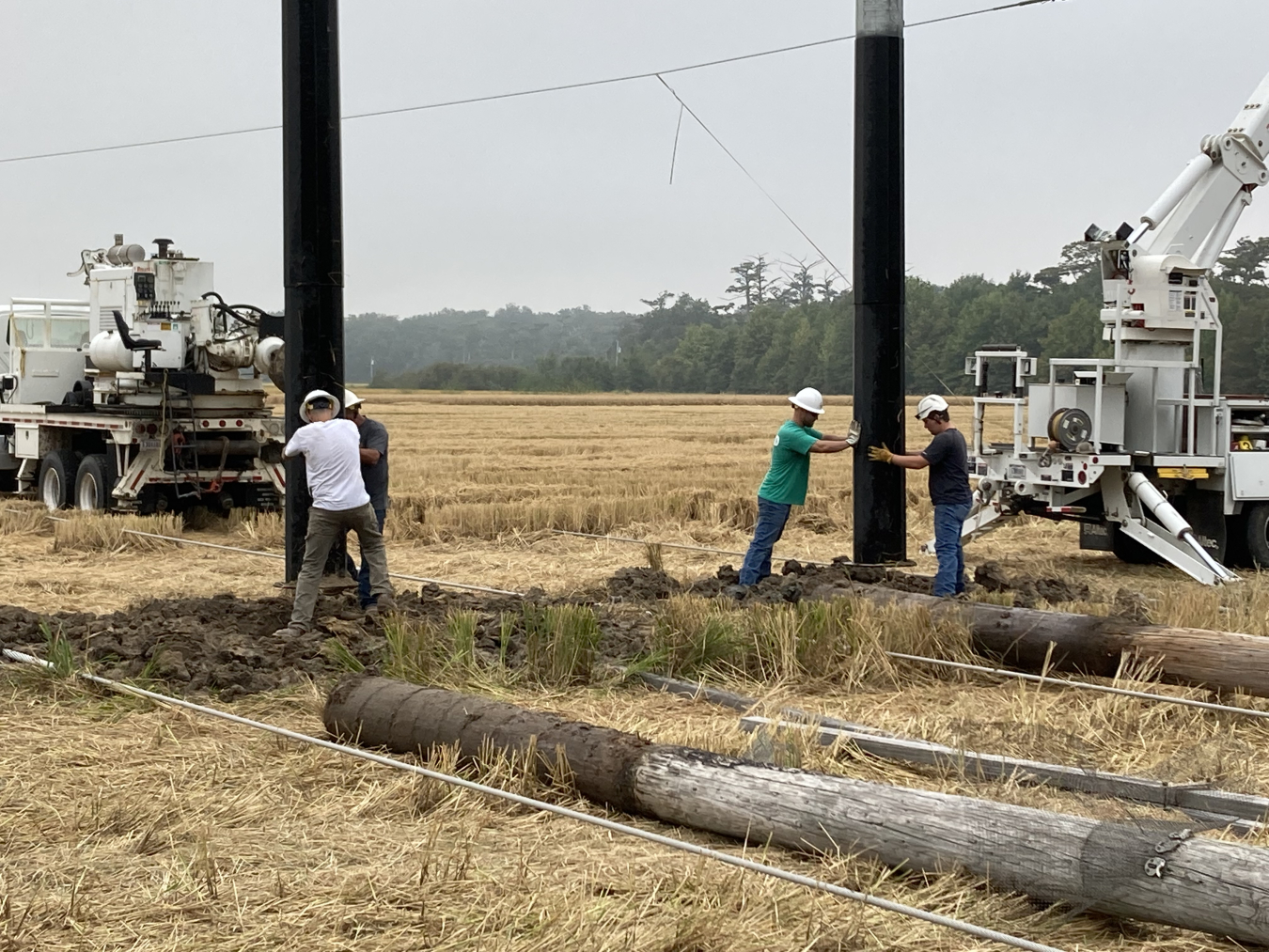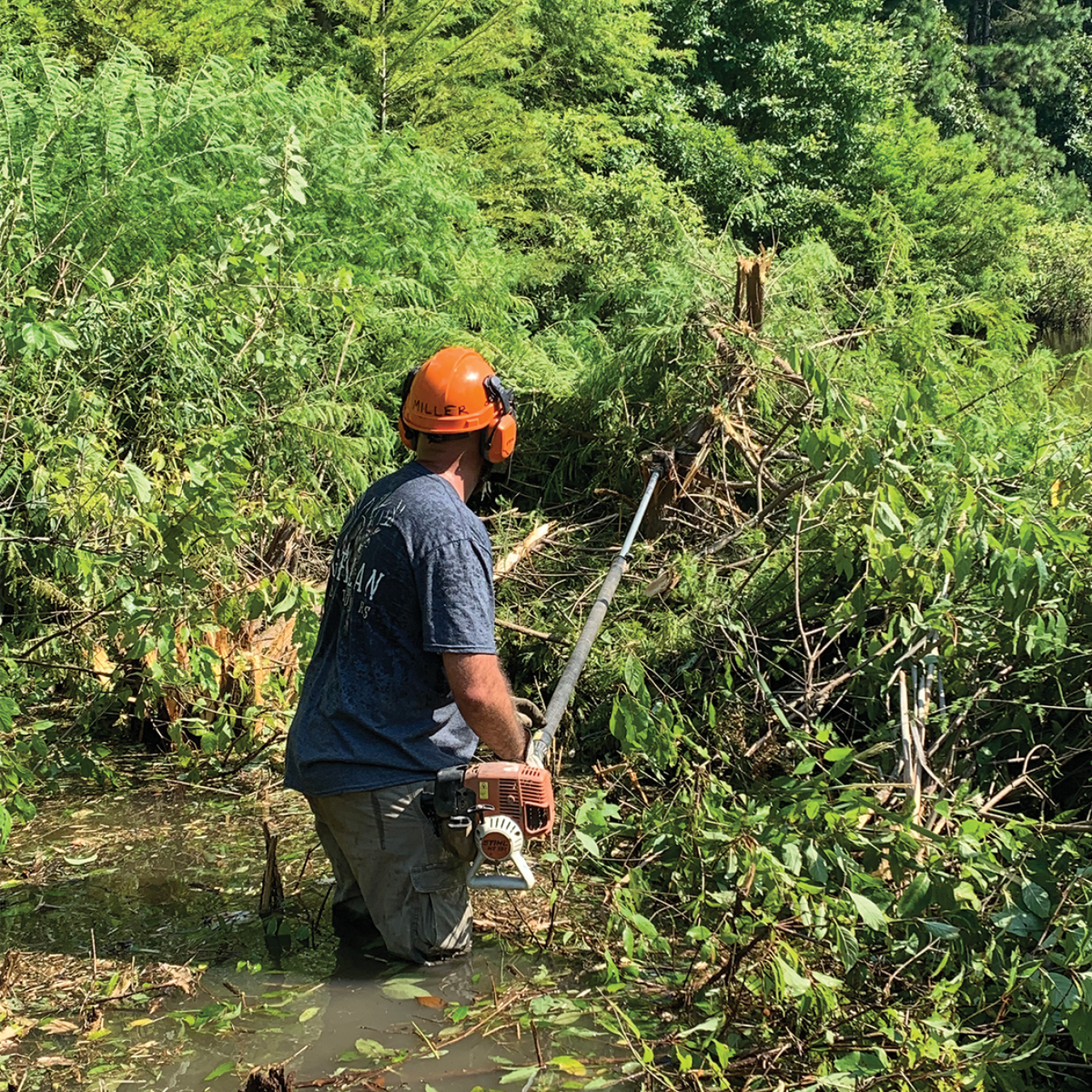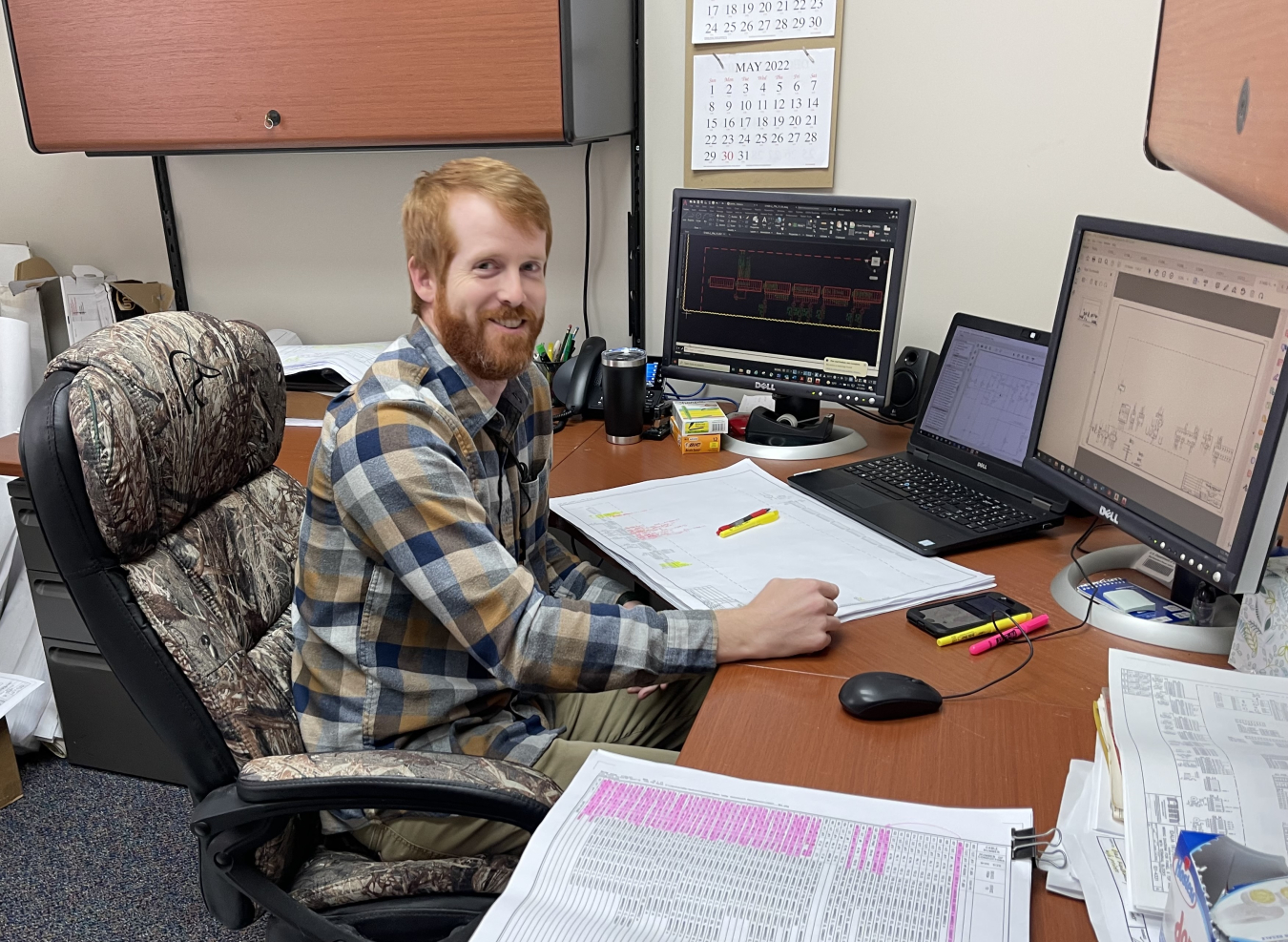Southwestern Power Administration (SWPA or Southwestern) has begun welcoming staff back on site with a reentry plan designed to keep everyone as safe and productive as possible
Southwestern Power Administration
May 6, 2022Southwestern Power Administration (SWPA or Southwestern) has begun welcoming staff back on site with a reentry plan designed to keep everyone as safe and productive as possible.
With local COVID-19 guidance becoming less restrictive for areas with low transmission and infection and hospitalization rates declining, the Department of Energy (DOE) and other guiding government agencies began the shift towards in person schedules for site-flexible and site-optional employees in late February 2022.

As employees transition back to more in-person work, DOE and SWPA will continue monitoring the pandemic and following guidance from the Safer Federal Workforce Task Force and the Centers for Disease Control and Prevention.
While many Southwestern employees have been working remotely during the COVID-19 pandemic, many others continued to report to work on site and in the field throughout the pandemic to keep the lights on and the power grid operational.
Southwestern Administrator Mike Wech says staff response to the shift in workplace norms is much appreciated. “It has been amazing to see how our staff throughout Southwestern’s disciplines have responded to the changes in the workplace.”
Southwestern Director of Maintenance Ryan Hoog agrees, saying, “Our maintenance crews adopted social distancing and health safety tactics, but we all still saw each other in passing and on job sites. We remained close, and COVID-19 precautions gave us the unique opportunity to have staff spread throughout the system with the home-to-work truck vehicle program.”
Hoog says that Southwestern maintenance crews kept to their normal schedules and site locations, due to the critical needs of Southwestern’s transmission system and the regional power grid, and maintenance teams continued working to clear vegetation and maintain line and equipment health throughout the precautionary period.
Some teams which reported on site during the pandemic had to switch their schedules entirely. Operations adopted a split schedule of nights and days and two different work locations. Jimmy Wheeler, Supervisory Power System Dispatcher in the Division of Scheduling and Operations, says this allowed for social distancing and full coverage of the work areas.

“Returning to work has allowed our teams to return to a more normal work schedule,” Wheeler says. “But during COVID we found positives in having the teams at different duty locations. Learning how to navigate COVID as a team has allowed us to have an easier transition to the possibility of having teams in different locations. The hybrid schedule during the pandemic also increased our work possibilities on days like today, an ice day. Support staff are able to work from home and can continue to work even though they may not be able to make it to their duty location.”
Wheeler notes that changes in the professional environment were not the only change employees had to get used to, changes in the social environment were also a challenge.
“Social cues are so hard to gather from an environment where everyone is in a different location, or even in the same location but their voices may be muffled and their expressions hard to read,” Wheeler says. “Quite a few of us missed people’s faces and being in person tremendously.”
While maintenance and operations adjusted to changing conditions on site during the pandemic, other Southwestern staff adjusted to working from home using laptops, cellular phones, and teleconferencing abilities.
“For many of our team members, this was their first experience with teleworking and required some trial by fire to become efficient and accomplish the tasks on hand,” says Bradley Neubrand, Electrical Engineer in the Division of System Protection and Communications. “Many team members were able to excel during the pandemic, and it seemed as though the workload and productivity actually increased. I believe that working through the pandemic brought a few advancements that will allow Southwestern to grow into the future.”

Rosa Gonzalez-Smith, Paralegal Specialist in the Office of General Counsel, says returning to the office has provided some sense of normality.
“To me it’s the early morning scenic drive, a cup of coffee along the way, and errands to run on the way home,” Smith says. “The start of COVID was a difficult time of adjustment for me as I’m sure it was for a lot of employees. I had to adjust my processes, especially the handling of sensitive documents, but I’ve learned to do a lot without printing paper, which is something I thought would be impossible to do.”
Mike Wech says all staff deserve praise. “Our site critical workers have been rock-solid in their efforts across the agency to be onsite in support of 24-7-365 mission critical operations throughout this challenging time, while our site-flexible and site-optional staff have teleworked or blended telework with onsite work to maintain business continuity.”
“In our industry,” Wech reflects, “we many times talk about reliability and resiliency of the bulk power system. Our staff response during the entire pandemic has been a wonderful example of how reliable and resilient our personnel truly are and how that reflects their service to our customers and the Federal Government.”

